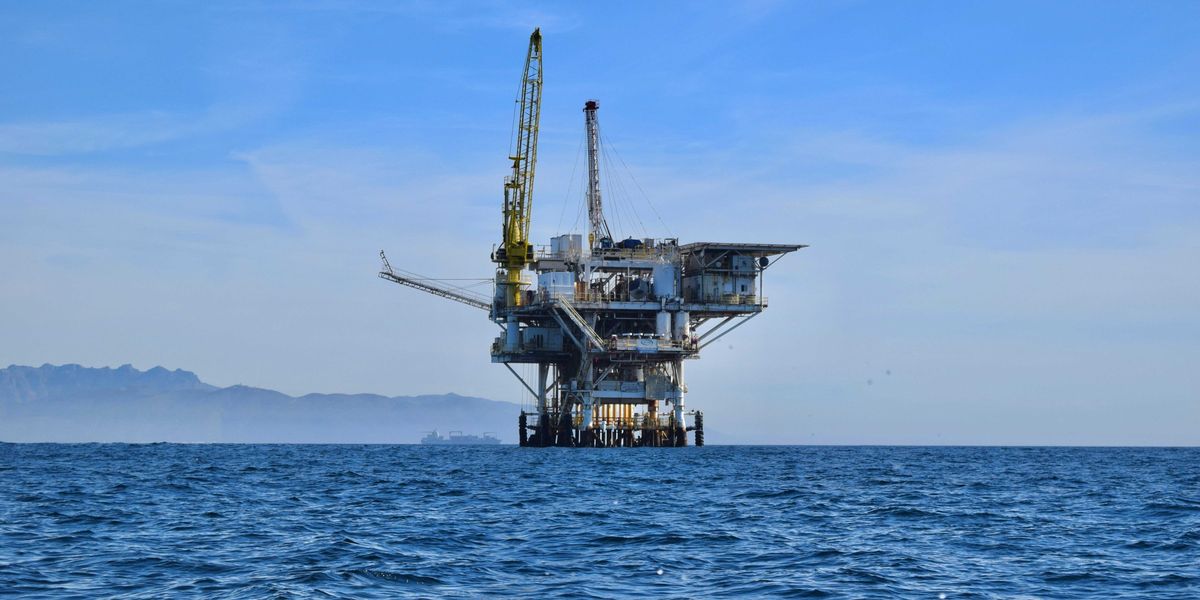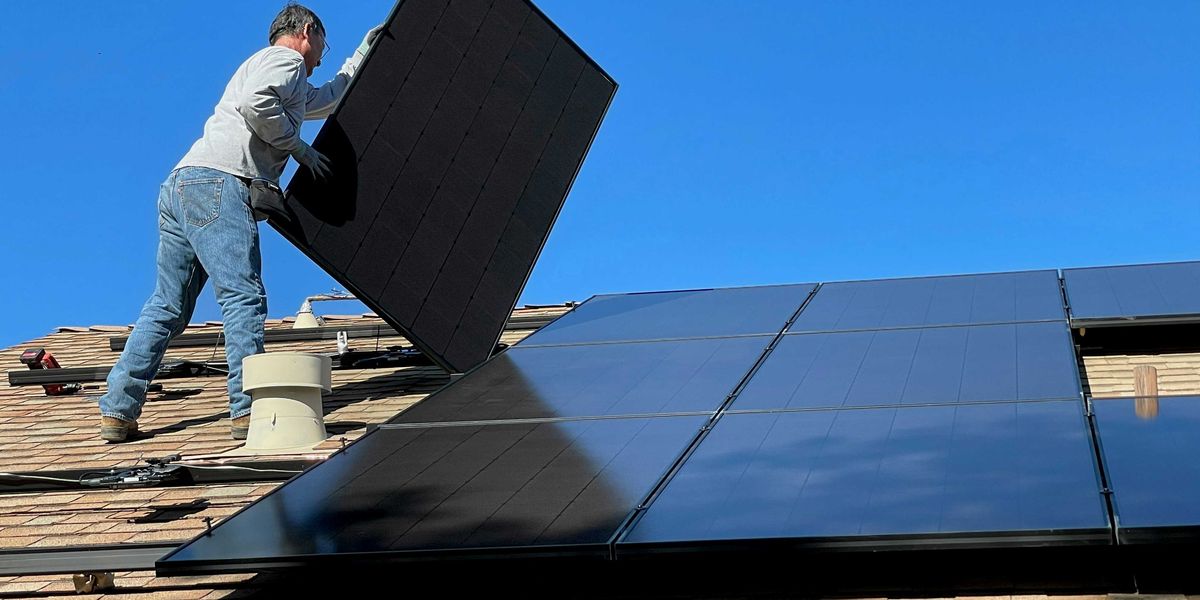ozone
Colorado faces persistent ozone pollution despite climate efforts
A combination of wildfires, climate change and geography contributes to frequent ozone pollution in Colorado's Front Range, causing health concerns despite emission reduction efforts.
In short:
- The Denver metropolitan area and Northern Front Range regularly exceed federal ozone standards due to climate change, wildfires and unique geography.
- Ground-level ozone, formed by pollutants reacting with sunlight, poses health risks, especially for those with respiratory issues.
- Efforts to reduce emissions have improved air quality, but wildfires and hotter days challenge further progress.
Key quote:
“We really encourage people to make sure they’re taking all of their cardio-protective medications when the pollution is spiking.”
— Anthony Gerber, director of pulmonary research at National Jewish Health
Why this matters:
Ozone pollution affects respiratory and cardiovascular health, impacting vulnerable populations. As climate change continues, strategies to reduce emissions and adapt to changing conditions are crucial for public health.
Drilling in Permian Basin linked to high ozone levels in New Mexico park
Oil and gas drilling in the Permian Basin is causing excessive ozone pollution at Carlsbad Caverns National Park, a new study reveals.
In short:
- The study found summer ozone levels at Carlsbad Caverns frequently exceed EPA health standards, linking this to increased drilling in the Permian Basin.
- Researchers identified oil and gas extraction as major contributors to high ozone levels, with nitrogen oxide emissions from drilling operations being significant.
- The study suggests electrified, grid-powered drill rigs could help mitigate ozone pollution.
Key quote:
"Our measurements confirm that activity such as drilling and natural gas flaring is a major driver of the high ozone levels we see."
— Andrey Marsavin, PhD candidate, Colorado State University.
Why this matters:
Ozone pollution can cause asthma and other health issues and harm crops and ecosystems. Understanding its sources helps in developing strategies to protect both human health and the environment.
Countries have successfully reduced harmful atmospheric gases
Researchers have detected a significant decrease in hydrochlorofluorocarbons in the atmosphere, marking progress in global efforts to protect the ozone layer and mitigate climate change.
In short:
- Atmospheric levels of hydrochlorofluorocarbons (HCFCs), harmful gases from air conditioning and refrigeration, have significantly dropped since peaking in 2021.
- The decline follows the 1987 Montreal Protocol, which phased out ozone-depleting substances like HCFCs.
- Researchers expect HCFC levels to return to 1980 levels by 2080, highlighting the success of international cooperation.
Key quote:
“This milestone is a testament to the power of international cooperation.”
— Avipsa Mahapatra, director of the Environmental Investigation Agency’s climate campaign
Why this matters:
Reducing HCFCs shows that coordinated global policies can effectively tackle environmental issues. This success offers hope and a model for addressing climate change challenges, which are crucial as greenhouse gas emissions continue to rise.
Colorado's move against ozone pollution
Colorado's latest regulations to curb ozone pollution from the oil and gas industry are drawing mixed reactions, with some praising the effort and others arguing it falls short.
In short:
- Colorado's Air Quality Control Commission has approved new rules requiring the oil and gas industry to reduce nitrogen oxides emissions, a major contributor to smog.
- Critics, including environmental groups, argue these measures are insufficient for meeting federal air quality standards and fail to adequately protect highly polluted communities.
- The regulations are part of Colorado's state implementation plan, mandated by federal law, to align with the Environmental Protection Agency's air quality goals.
Key quote:
"We have to work extra hard to reduce ozone pollution because of the state’s topography, but we are up to the task."
— Michael Ogletree, director of the Colorado Department of Public Health and Environment's Air Pollution Control Division.
More Top News:
Visit Environmental Health News for the latest breaking news on environmental health and climate change.
Masks are back, construction banned and schools shut as toxic air engulfs New Delhi
Flaw in Montreal Protocol allows U.S. facilities to pollute
Maxine Joselow reports for The Washington Post about a loophole in the Montreal Protocol that has led U.S. factories to emit gases that damage the ozone layer and contribute to climate change.
In a nutshell:
Despite the success of the Montreal Protocol in phasing out gases that damage the ozone layer, an exemption in the treaty has allowed U.S. factories to release ozone-depleting and climate-warming fluorinated gases, or F-gases. Using infrared technology, the Environmental Investigation Agency detected such emissions from facilities in Texas and Louisiana. The report reveals that although certain types of F-gases have been banned, their continued use in chemical production remains a significant concern, especially as international negotiators convene to evaluate the treaty's implementation.
Key quote:
"We’re not saying that all F-gases should disappear tomorrow,” said Avipsa Mahapatra, climate campaign lead at the EIA, told The Post. “What we’re saying is that F-gases should be limited to essential uses, and the companies that produce them should be able to control unnecessary emissions, which come at a massive cost to our ozone layer and our climate.”
The big picture:
Exposure to heightened levels of ultraviolet radiation, resulting from a depleted ozone layer, can lead to increased incidences of skin cancers and cataracts in humans. Prolonged exposure to UV rays also weakens the immune system, making individuals more susceptible to infectious diseases. The global warming impact of F-gases exacerbates extreme weather events, which bear direct and indirect health risks, including heat-related illnesses, respiratory issues, and vector-borne diseases.
Read the article at the The Washington Post.
Learn more about the Montreal Protocol in Peter Dykstra's piece for EHN, "A global I-told-you-so."
Watchdog finds a US chemical plant isn’t reporting emissions of climate super-pollutants and ozone-depleting substances to federal regulators
Fenceline monitoring by the Environmental Investigation Agency furthers the call to close industry loopholes under an international environmental agreement.









